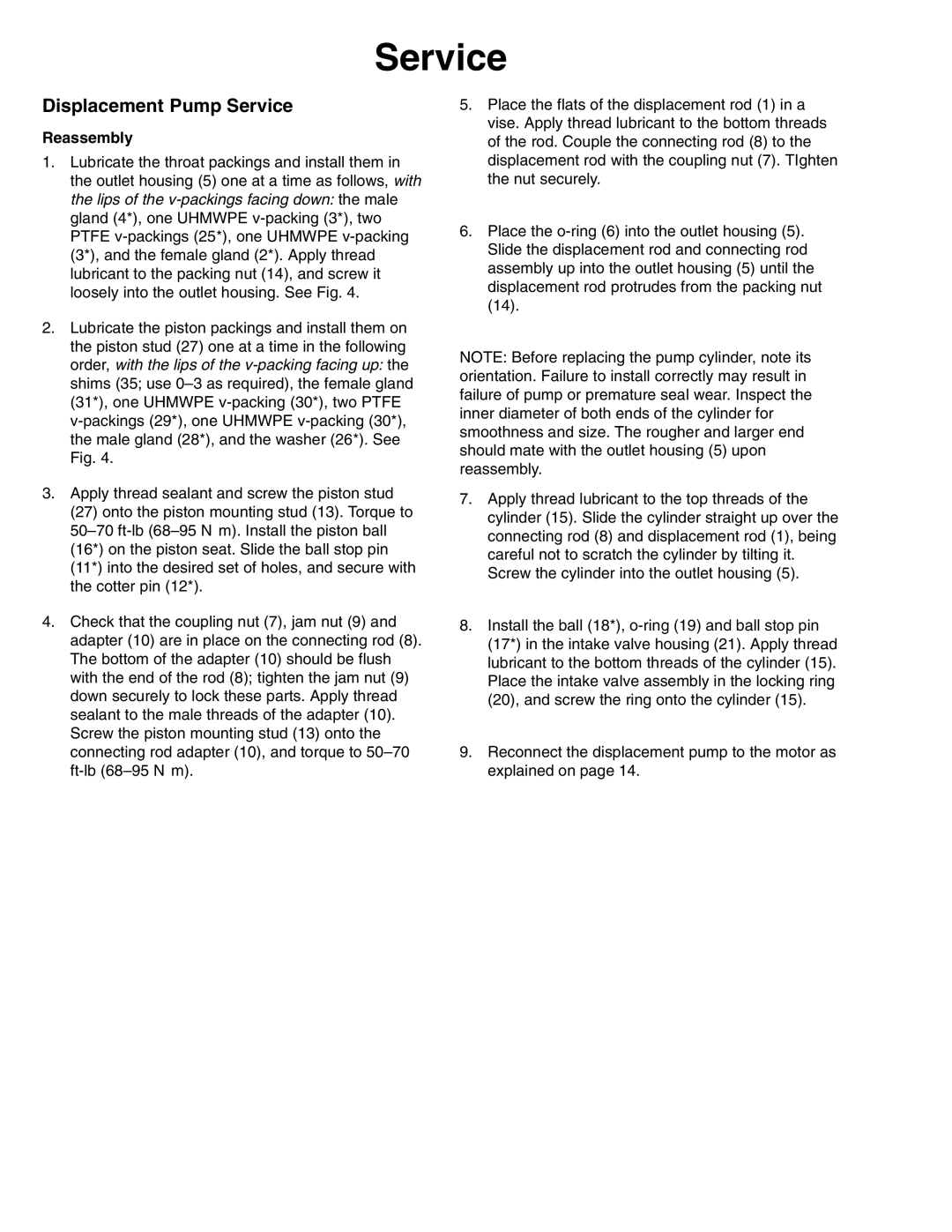224348, 223540, 256714, 256713 specifications
Graco is a reputable name in the realm of paint sprayers and other painting equipment, providing quality solutions for both professional and DIY users. Among their popular products are the models Graco 256714, 223540, 224348, and 256713. Each unit boasts unique features tailored to enhance efficiency, performance, and quality in painting applications.The Graco 256714 is renowned for its versatility and ease of use. It is ideal for small to medium-sized projects, offering a powerful motor that ensures a consistent spray pattern. This model features an adjustable pressure control, allowing users to customize the flow rate according to the specific paint type and project needs. It also comes equipped with a flexible suction tube, enabling users to spray directly from a 1-gallon or 5-gallon paint bucket without the hassle of frequent refills.
Next in line is the Graco 223540, known for its lightweight design and portability. This unit integrates an innovative EasyPrime feature, allowing for easy priming and quick setup. It's particularly favored for its ability to handle a variety of coatings, from stains to thick latex paints. The 223540 model is user-friendly, making it an excellent choice for beginners or those looking for an efficient solution for home improvement projects.
The Graco 224348 takes things a step further with advanced airless technology which allows for smooth, even finishes without roller marks or brush strokes. This model is equipped with a PowerFlush cleaning system that simplifies the cleaning process, saving time and effort after painting tasks. It is also designed with a professional-grade hose that ensures durability and flexibility for accessing tight spaces.
Finally, the Graco 256713 model is designed for the more demanding projects. It offers high-output performance suitable for extensive jobs while maintaining a lightweight structure for ease of handling. One of its standout features is the QuietTech technology, which reduces noise without compromising on power. This model is equipped with a robust motor and offers a wide range of spray tips, making it adaptable for various surfaces and textures.
In summary, these Graco models share a commitment to delivering high-quality performance, portability, and user-friendly features. Whether you are tackling a small home project or a larger professional job, Graco's innovations in spray technology cater to a range of painting needs, making them a solid investment for both amateurs and experts alike.
